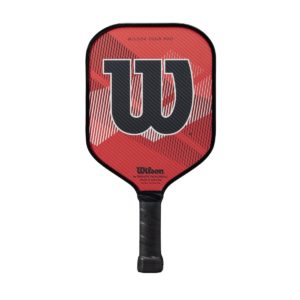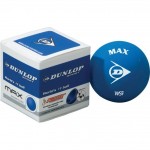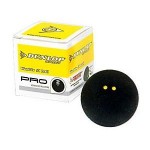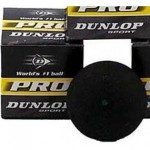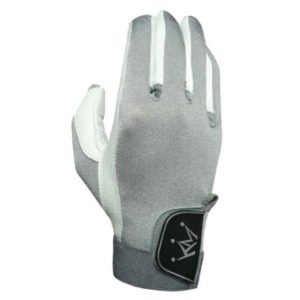 Earlier today, a gentleman came into our southwest Calgary store looking for a racquet glove. Specifically, he wanted a right hand, size large. Of course, we had one for him because that is what we do. We carry odd things that only racquet sports players would want.
Earlier today, a gentleman came into our southwest Calgary store looking for a racquet glove. Specifically, he wanted a right hand, size large. Of course, we had one for him because that is what we do. We carry odd things that only racquet sports players would want.
Further conversation with the customer in this case, however, made it pretty clear to our staff that a glove was not going to solve his problem. In fact, the glove might actually have made things worse.
When a customer walks into our store, we usually start off by asking questions. “Hello. How are you today?” “How can I help you?” “Are you looking for anything in particular?” This is not just small talk. It is the beginning of the best kind of service customers can ask for — service that aims to identify their problems and help them find solutions.
In this case, the customer thought the solution for his problem was a $30.00 glove. In the end, it was a $3.66 overgrip. So he left with his problem solved and saved $26.34 in the process.
Why do you want a glove, we asked him? What problem are you trying to solve? His answer: my pickleball paddle is turning in my hand. This is causing me to miss shots. OK. No problem, we said. Do you have the paddle here? Maybe we can take a look at it.
Examining the paddle yielded all of the information we needed to help solve this customer’s problem. Issue Number One was the grip; his grip was completely worn out. It was hard and totally smooth. So of course it was slippery. Issue Number Two was the grip size; this customer was nearly six feet tall and he had a tiny little handle made for a player closer to five feet. Issue Number 3 was perspiration; it turns out this customer was a heavy sweater.
Could we have sold him a $30.00 glove? Sure. Would it have solved his problem? Not fully. Even with a glove on, the paddle would continue to turn in his hand. Even with the glove, the paddle would still be too small. And wearing a glove, especially on a hot day, is likely to provoke and even stronger sweat response from his body.
In this case it was more sensible to build his grip size up with overgrip designed for heavy sweaters. The new grip added traction to this paddle handle and it made it a little bigger which was more proportional to the size of his hand. And because we picked out an absorption grip that is heat and moisture activated, his grip will become tackier as he plays.
Problems solved. Money saved. That’s the essence of what we do for customers every day.
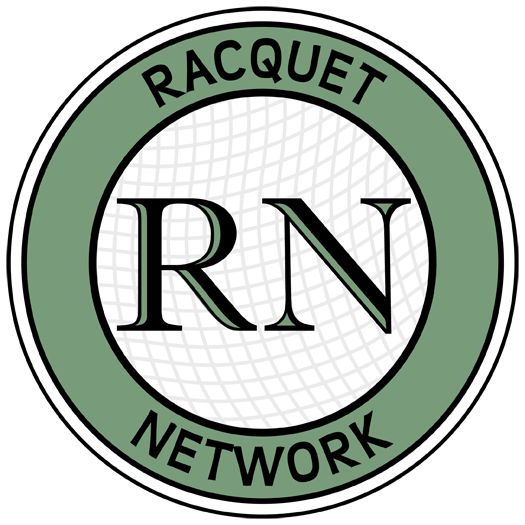
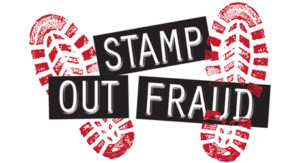 Most people don’t think much about return fraud or warranty fraud. And why should they? Most people are honest, so they aren’t affected by such nefarious things. Right?
Most people don’t think much about return fraud or warranty fraud. And why should they? Most people are honest, so they aren’t affected by such nefarious things. Right?